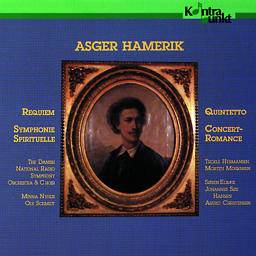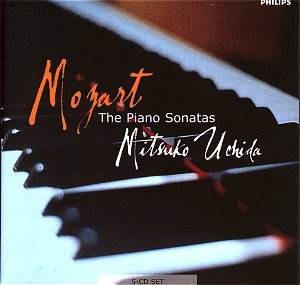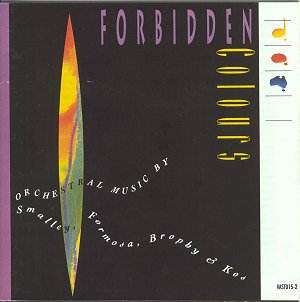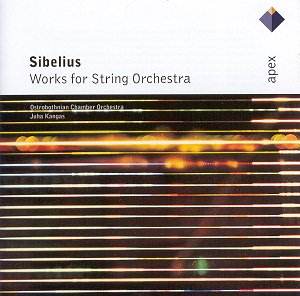 Composer: Asger Hamerik
Composer: Asger Hamerik
Works: Requiem Op. 34, Quintetto Op. 6, Concert Romance for ‘cello and piano Op. 27, Symphonie Spirituelle Op. 38
Performers: Minna Nyhus – mezzo-soprano, The Danish National Symphony Choir, The Danish National Radio Symphony Orchestra, Ole Schmidt – conductor, Troels Svane Hermansen – ‘cello, Morten Mogensen – piano, Astrid Christensen – viola, Søren Elbaek – violin
Recording: Double CD set, KONTRAPUNT 32074/75
Label: Kontrapunkt
Asger Hamerik, a composer whose works have largely faded from the collective memory of the classical music canon, emerges from obscurity with this double CD compilation of his significant compositions. Spanning the breadth of Hamerik’s creative life, the set features a Requiem that stands as a testament to his mastery, alongside a Quintetto, a Concert Romance, and a Symphonie Spirituelle. Born in 1843 into a rich musical heritage in Denmark, Hamerik’s education and experiences in Europe, particularly in Germany and France, provided him with a diverse palette that informed his distinctive voice—a voice that, despite its historical importance, remains underappreciated.
The Requiem Op. 34, composed in 1887, is the centerpiece of this collection and arguably Hamerik’s most significant work. Its six sections encompass a wide emotional and musical range, with the Dies Irae emerging as a standout moment. The orchestration is richly symphonic, revealing Hamerik’s command of orchestral color and textures that evoke a deep sense of gravitas. The alto solo in the Offertorium, beautifully executed by Minna Nyhus, carries an operatic quality that resonates with listeners, drawing comparisons to Elgar’s Sea Pictures. Hamerik’s ability to fuse text and music into a cohesive whole is evident, as he deftly navigates between styles, from plainsong to the emerging harmonic language of his time.
The interpretation under the baton of Ole Schmidt deserves particular commendation. The Danish National Symphony Orchestra and Choir respond with sensitivity to Hamerik’s nuanced score, capturing both the grandeur and intimacy of the work. The choir’s precision shines in the Sanctus, where the brass fanfares add a jubilant brightness reminiscent of Berlioz, while the Agnus Dei closes the Requiem with a quiet introspection that lingers long after the final notes fade. The recording quality allows for a clear delineation of voices and instruments, although some passages in the lower strings could benefit from a more nuanced capture, which occasionally results in a somewhat hard-edged sound.
The Quintetto Op. 6, recorded for the first time in this set, offers a fascinating glimpse into Hamerik’s youthful compositional voice. The work’s five movements display an impressive grasp of form and thematic development for a composer of just nineteen years. The contrast between the serene Adagio and the lively Presto showcases Hamerik’s early understanding of dynamic interplay, hinting at the influences of later Romantic composers. Troels Svane Hermansen and Morten Mogensen approach this work with vigor, breathing life into its youthful exuberance.
The Concert Romance for ‘cello and piano Op. 27 serves as another highlight, characterized by its lyrical beauty and emotional depth. This piece, composed during a holiday in 1878, encapsulates a sense of nostalgia that is beautifully rendered by Hermansen’s emotive playing. The piano accompaniment from Mogensen is deftly balanced, providing a harmonic foundation that enhances the cello’s melodic lines without overshadowing them.
Hamerik’s Symphonie Spirituelle, composed for strings only due to industrial strife, reflects the composer’s adaptability and skill. While it may not push the boundaries of innovation, it is a well-crafted work that carries the listener through a variety of moods and textures, echoing the traditions of the nineteenth century while remaining distinctly Hamerikian.
The engineering of this recording, while generally clear, does present some challenges, particularly in the Quintetto where the lower cello tones occasionally sound muddied. The decision not to separate movements into distinct tracks can also be a hindrance for listeners wanting to revisit specific sections, though this is a minor quibble amidst the overall richness of the offerings.
Hamerik remains a compelling figure, and this collection serves both as a welcome introduction to his music and a reminder of the depth of expression that lies beyond the mainstream repertoire. The performers deliver a passionate and committed reading of these often-overlooked works, ensuring that Hamerik’s voice, though quiet for too long, is heard with clarity and respect.



